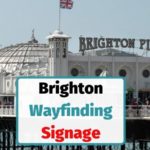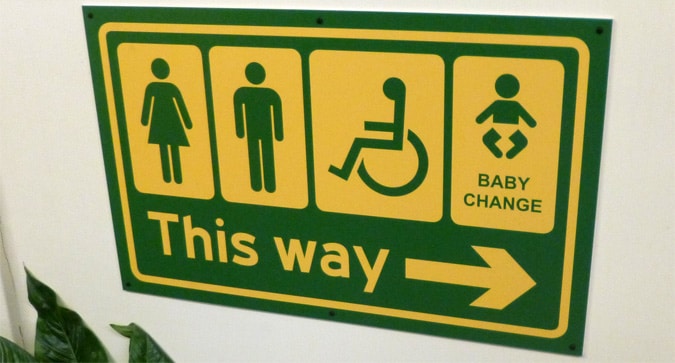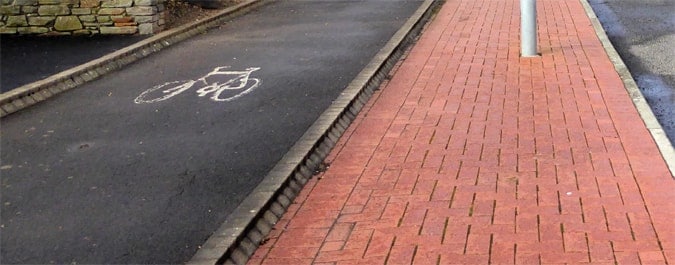Last Updated on May 14, 2023
Cardiff Bay Trail in Wales, UK, is a classic route in that it is perfect for enjoying the waterfront and providing a route ideal for joggers and walkers.
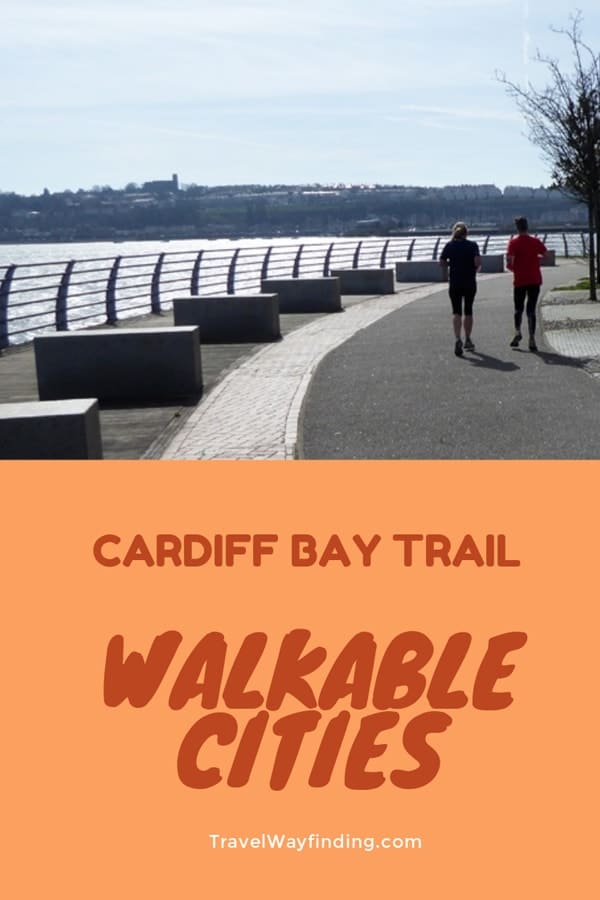
Furthermore, the drive towards “Walkable Cities” and getting local people out cycling and walking, whilst also providing a great environment for visitors to a city, is an area within wayfinding that is gaining great interest in the UK, Europe and worldwide.
Indeed, the benefits of developing urban areas, such as bay trails, means an opportunity to provide tourists with space to explore and appreciate waterfront areas such as Cardiff Bay, Wales.
For locals, on the other hand, creating areas where local people can have the opportunity to experience nature at first-hand, exercise for free and enjoy the great outdoors, is known to have a positive impact on mental and physical health.
Walkable cities, particular areas such as bay trails, mean the opportunity for the blind, elderly, families, those in wheelchairs, to experience nature and natural beauty in urban environments.
Table of Contents
The Blind and Elderly – Example User Groups
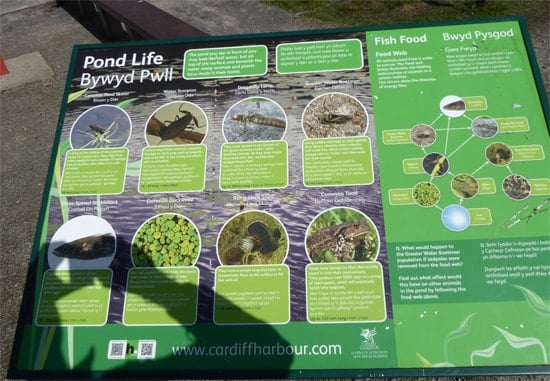
Benefits for blind users include the ability to smell the sea air and to enjoy other smells associated with being by the waterfront; to experience the different sounds such as the wildlife that populate the Wetlands such as here in Cardiff.
A number of companies and organizations are developing apps and tools to aid navigation for the blind and so, in the future, expect bay trails to develop also to incorporate such tools.
Indeed, anything that can be done to help the blind to have more freedom to explore the outdoors is a move forward. In the case of bay trails though, the key here is to develop specific parts of the trail rather than to expect the whole trail to be used. In Cardiff, the whole trail covers 10 Km (6.2 miles).
The elderly are another group that should be a target for bay trails in order to be as inclusive as possible.
In bay trails worldwide, the focus tends often to be on walkers, runners and cyclists and certain trails tend to lack provision for custom routes for these users.
By providing a variety of designated routes options for the different user groups, a bay trail becomes more inclusive.
An elderly user might, for example, be able to comfortably walk one mile of the route, but not the full trail.
In this case, transportation is a key element in bay trail design, to enable users to do part of the trail one-way.
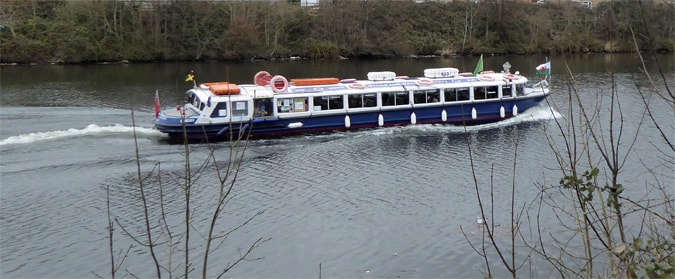
Wayfinding Education, Knowledge & Integration

One thing that needs attention, when considering the wayfinding design, is the knowledge that users will have regards the meaning of signage.
When I asked a number of people recently, what the 3 bicycle signs above mean, most people were unclear.
In fact, only 10% of people got all three signs correct.
The irony is that, when designing a bay trail, you ultimately have to work with local authorities and road signage, more often than not, comes under the auspices of local authorities.
The problem, with the above signage, is that many people are not drivers and some too young to drive and hence many people have not studied the highway code.
Furthermore, those who have, tend not to understand many of the cycling signs.

Even many cyclists I interviewed did not know their meaning. This lack of user knowledge creates a problem for bay trail designers when a lack of control exists over road signage that impacts on the trail itself.
Ultimately, having a clear plan to work with the various stakeholders and also finding solutions to competing signage (such as bay trail signage and local council cycling signage) needs to be tackled.
The Weather
The location of the trail undoubtedly is affected according to the local climatic conditions and this is often a challenge.
In hot climates, access to drinking water, rest stops or transport back to the starting point can be important.
In climates such as those we experience in the UK, the weather is worth considering in the design of trails and solutions such as refreshment stops at key points on the trail can help, as one example.
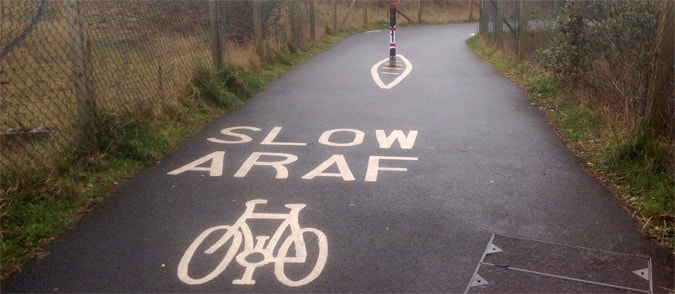
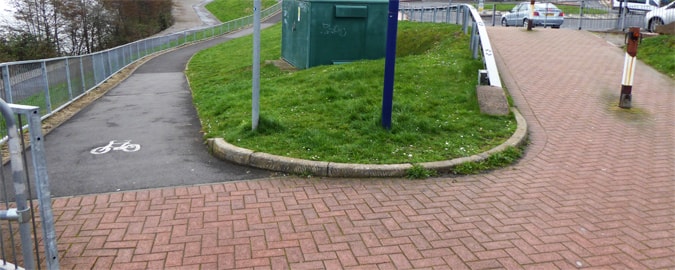
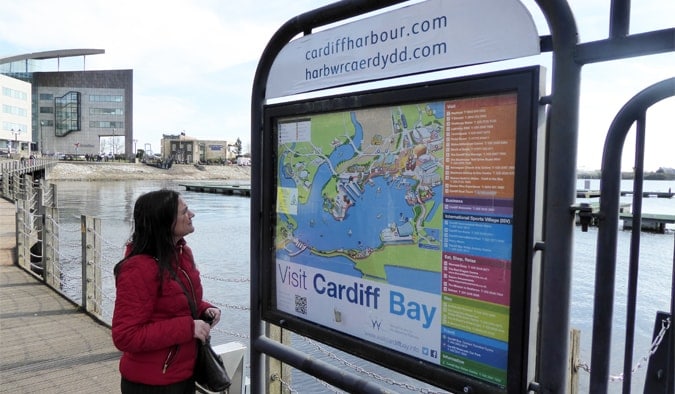
Cyclists versus Pedestrians
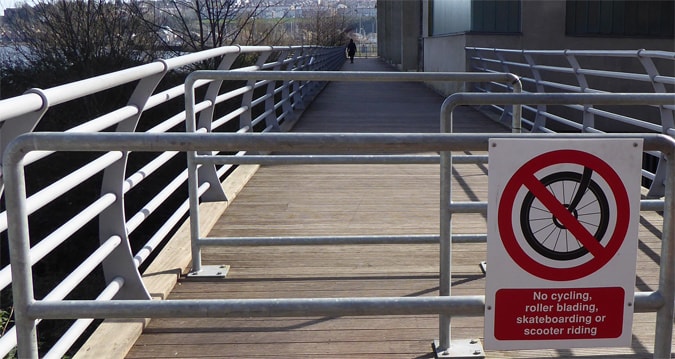
One of the problems that occur on many bay trails is catering for different user groups, such as pedestrians versus cyclists.
It is essential that provision is made for groups and my advice is to create separate paths for each, to avoid conflict.
Try to create wide spaces and then mark out a clear pedestrian and a clear cycling section.
If trying also to get cyclists NOT to use a certain path, you really need to try and ensure that you have offered them an attractive alternative!
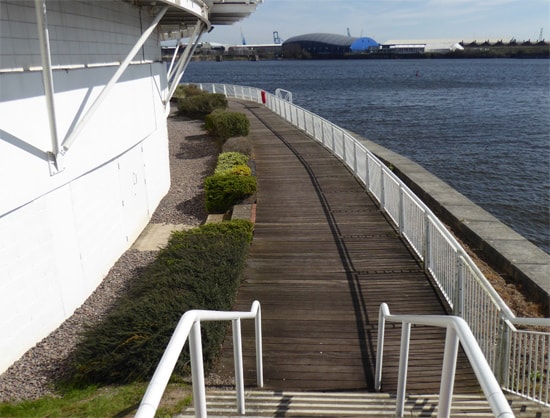
Keeping to the Waterfront
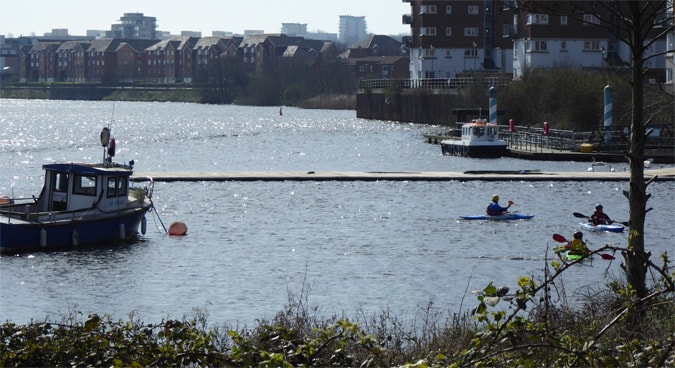
One of the biggest challenges sometimes facing bay trails is keeping the trail for users, to hug the waterfront.
Private waterfront property, for example, can mean that the route for walkers and cyclists is pushed away from the waterfront area.
Where possible though, try to avoid sending users away from the waterfront unless absolutely necessary, or at least try to maintain some view or connection to the bay.
The great advantage of walking along the water is that the wayfinding system can become much more obvious for users and less signage is sometimes then needed.
The walk around the bay, in other words, is visually more obvious as you just follow the water.
Factoring in Heritage to the Trail

Building a narrative (see also the airport narrative post) is a great way to develop an interest in a bay trail.
You want users to walk away and tell friends and family that they must visit the trail.
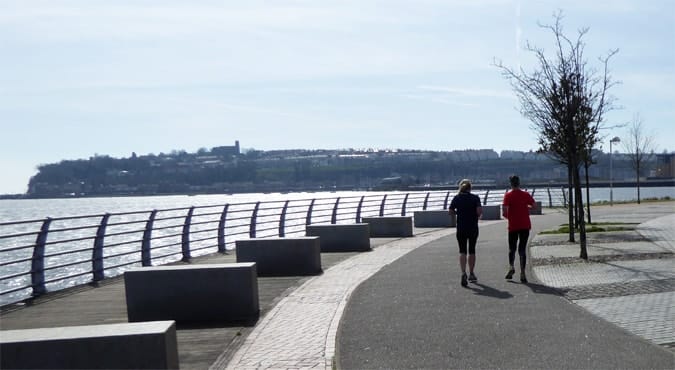
You want tourists to the city in question to also spread the word about the trail.
To do this, the task is greatly enhanced if a heritage narrative is part of the trail.
Rather though than random art artifacts and random historical information, develop a narrative that ties all of the histories together to make a logical sequence.
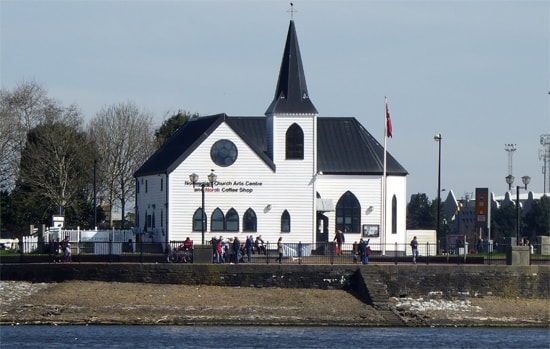
Tell a story! This also helps in engaging schools and universities in the local area, to use the trail for educational purposes.
- Cardiff Bay Trail Map
- Walk and cycle Cardiff Bay
- San Deigo Bay Trail wayfinding design
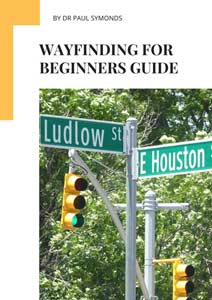
If you are planning a wayfinding system for a bay, park or other trails along a waterfront area and need advice, an audit or have a question, please contact us!

Dr Paul Symonds has a PhD in Wayfinding from Cardiff Metropolitan University in the UK. Paul works with the signage industry, airports and other locations providing wayfinding audits, consultancy and training.




